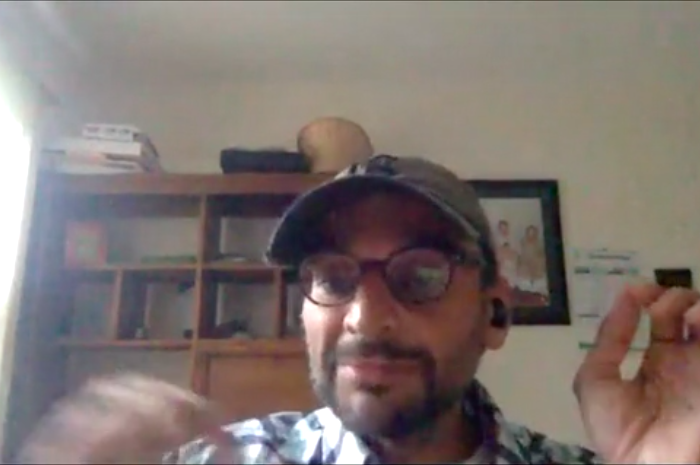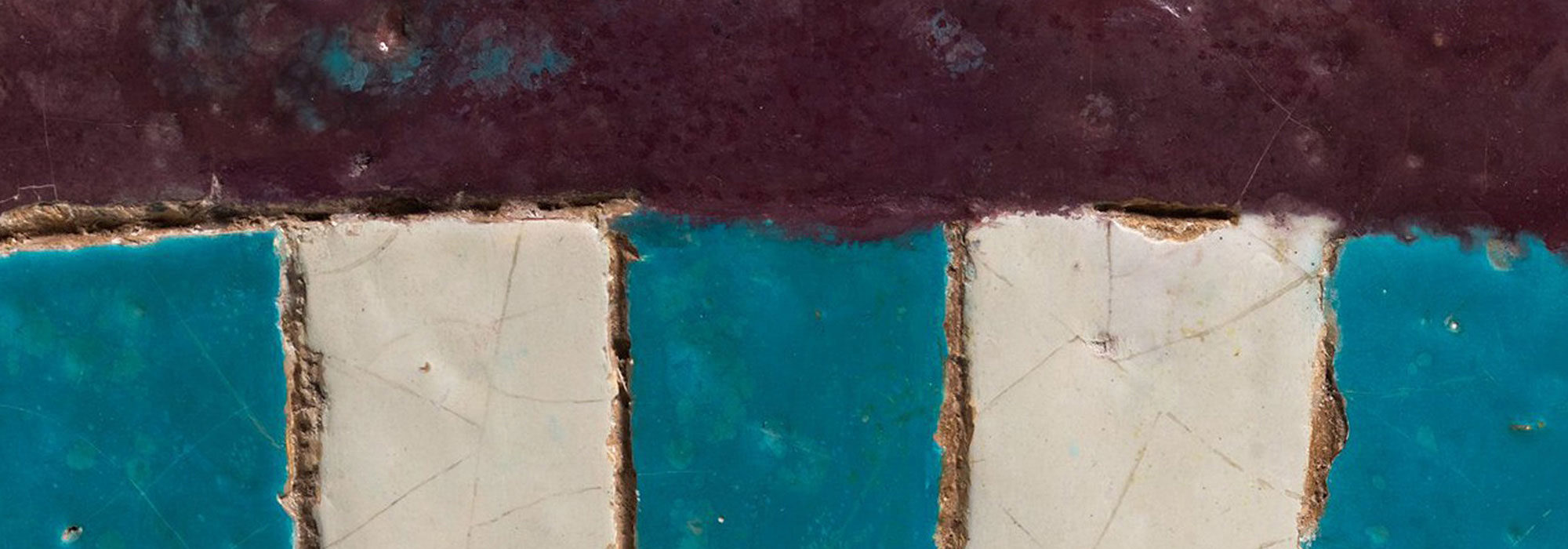SHARIAsource Lab – Najam Haider
Posted on August 12, 2020
On Friday, July 10, 2020, Professor Najam Haider (Barnard College) presented “What Geography and Maps Can Sound Like” as part of our Digital Islamic Law Lab series. He discussed how textual sources, with the proper computational power, can self-generate maps and geographic designations. Haider examined Hajj pilgrimage manuals as an example of sources that can help reconstruct how Kūfa might have looked like, spatially. He argues that doing so allows us to gain insight into how certain communities were distributed geographically, how they were organized, and how they functioned. He looked at adjacent genres of scholarship, correlating them with various sources, and then pieced together different data points to create a visual map, including locations of neighborhoods and mosques. By creating visual representations of networks of scholarly transmission of knowledge and mapping intellectual lineages, Haider argues that this project helps us create an idea of how society functioned as a whole not only on a spatial level, but also on a more detailed level where we can begin to understand linguistic registers and spatial distribution, through textual excavation and linguistic archeology.

